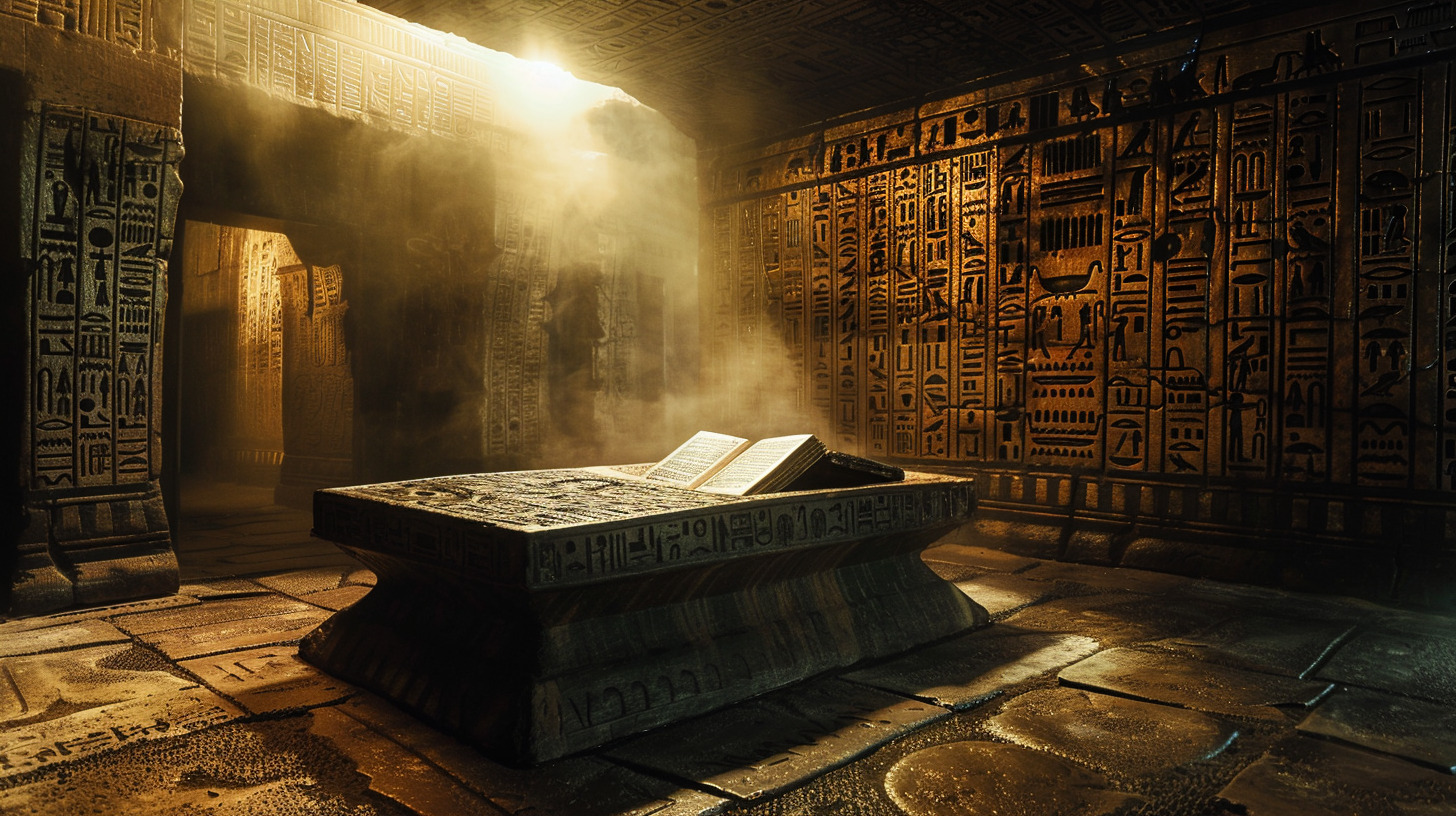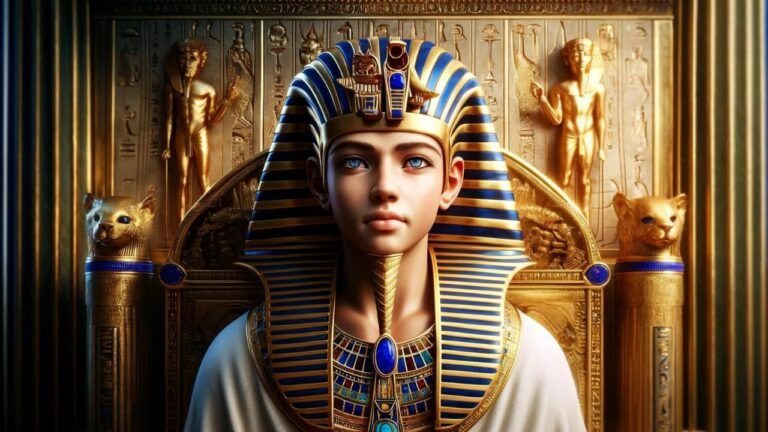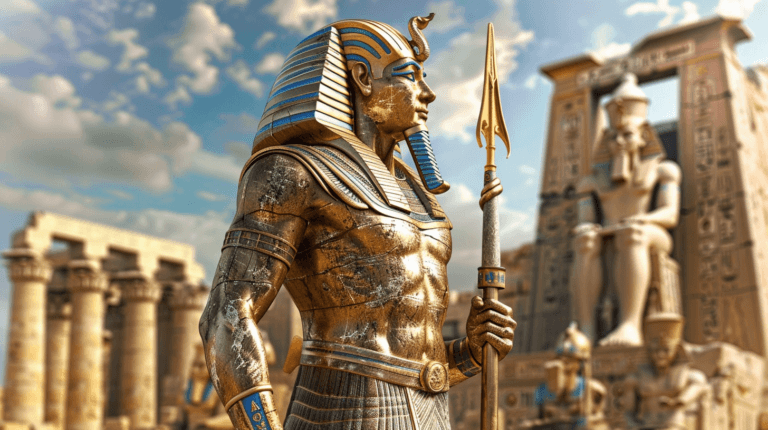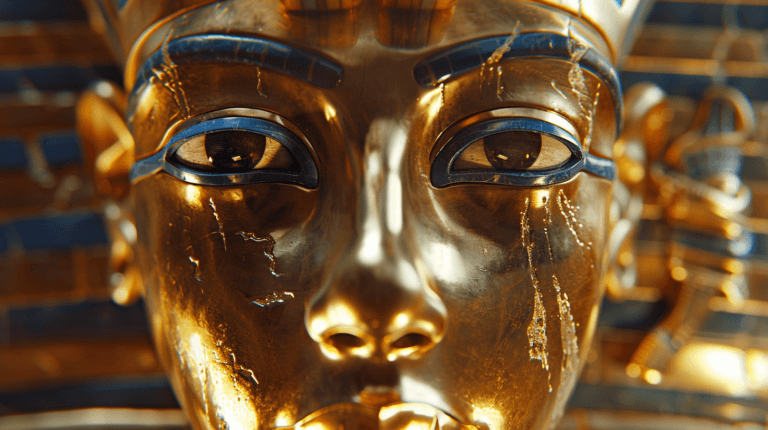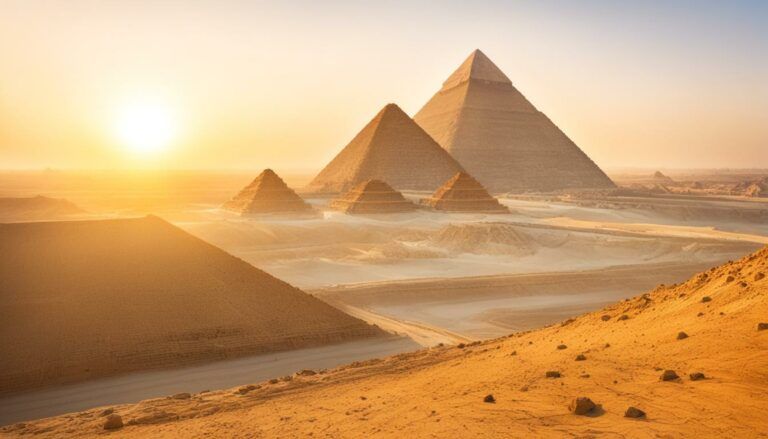What is the Book of the Dead?
When I first heard the term Book of the Dead, I imagined ancient scripts filled with mystical rites from a long-lost world. This ancient Egyptian collection of funerary texts, known as the Book of Coming Forth by Day in Egyptian, serves as a guide for the deceased on their journey through the underworld to the afterlife. Rather than a single book, it is a compilation of spells, prayers, and incantations designed to help the spirits of the dead overcome the challenges of the afterlife and ultimately join Osiris, the god of the underworld. Let’s explore the significance and content of the Book of the Dead in Ancient Egypt.

What is the Book of the Dead
The Book of the Dead is an ancient Egyptian collection of spells, prayers, and incantations designed to guide the deceased through the underworld to the afterlife. Known as the “Book of Coming Forth by Day,” it helped spirits overcome challenges to join the god Osiris.
The Egyptian Book of the Dead was often inscribed on scrolls of papyrus and placed within the tomb alongside the mummy. Each version of the text was unique to its owner, reflecting the individual’s life and status, and ensuring they had the knowledge needed to face the trials that awaited them, including the weighing of the heart ceremony.
The spells were meant to protect the deceased from evil forces and guide them through the dangerous passage—much like a roadmap or a set of spiritual life hacks from ancient Egyptian scribes that even included spells for turning into a bird or a lotus!
Having a chance to examine an actual Book of the Dead papyrus is like peering into the psyche of ancient Egyptians, understanding their beliefs and hopes for an eternal life beyond the grave. From the depictions of the spells on the walls of tombs to versions written on the linens wrapping mummies, these texts were essential for securing a successful afterlife.
Interestingly, not all who dwelled along the Nile could afford their own custom scroll, which shows the socio-economic dynamics at play even in death. Discovering the history of the Book of the Dead papyri, and seeing how this manuscript evolved over time, unfolds like a detective story that’s as engaging as it is educational.
Experience the timeless journey through ancient Egypt with your own copy of the ‘Book of the Dead.’ Feel the connection to the past as you turn each page. It’s more than a read; it’s a voyage back in time.
Origins and Evolution

When I dive into the history of the Book of the Dead, I’m looking at a tradition that spans centuries in Ancient Egypt. Honestly, it’s more than just a book; it’s a series of rites and rituals that gave the Egyptians guidance on the afterlife.
From Pyramid to Coffin Texts
Now, if I take you back to the Old Kingdom, you’ll find the earliest version of funerary texts – the Pyramid Texts. These were inscribed on the walls inside the pyramids. Picture this: a scribe meticulously carving out spells in hieroglyphics. Pure dedication, because they believed these spells would help the pharaohs reach the afterlife.
Transitioning into the Middle Kingdom, something fascinating happens. The script starts getting penned onto coffins. Yep, that’s the Coffin Texts for you. Now, it’s not just the royals; even nobles and officials could aspire to a successful afterlife. It’s kind of like the democratization of eternity, don’t you think?
The New Kingdom Transformation
By the time the New Kingdom rolls in, we see a big shift. The texts, they’re not just for the elite anymore; they become more accessible. Known today as the Egyptian Book of the Dead, or Book of Coming Forth by Day, papyrus scrolls are now in play. And they are not just any scrolls; they’re often personalized with spells that the Egyptians believed would guide them through the netherworld.
These papyrus scrolls could be wrapped within the bandages of a mummy or simply placed in the tomb. They would often include vignettes, beautifully illustrating the spells and journey of the dead through the underworld, led by god Osiris. It was like having a guidebook for the afterlife, something I think was as reassuring for them as having a map in a new city is for us today.
Content and Beliefs

Exploring the Book of the Dead is like deciphering a guidebook to the eternal realms. Let’s get into the heart of ancient Egyptian religious text and uncover how the spells and rituals helped shape their views on life after death.
Spells and Incantations
First up, I’ve got to tell you about the spells—they’re crucial. Each spell had its own purpose: some for protection, others to grant abilities in the afterlife. Picture this: a scribe meticulously inscribing a spell to split open the earth, allowing the deceased to enter the underworld. The ancients crafted over 200 spells, and depending on one’s status and wealth, your papyrus scroll could be tailored just for you. Imagine a personalized spiritual Swiss Army knife, inscribed on linen or papyrus, ready for the journey beyond.
The Weighing of the Heart
Now, let’s chat about the iconic Weighing of the Heart ceremony. Here’s a scene straight out of an ancient manuscript: the soul stands in a hall of judgment, presided over by Osiris himself. The heart, representing one’s deeds, is placed on a scale against Ma’at’s feather of truth.
If balanced, you pass and can embark on your afterlife adventure. If not, well, let’s just say it’s best to live a virtuous life. This belief underscored the Egyptian moral code and goes to show how much they valued ethics.
The Journey through the Duat
Finally, the journey through the Duat—it’s like the ultimate odyssey. You navigate through a twilight zone filled with gods, demons, and other entities. The Book of the Dead serves as a map and a how-to manual in one, offering insight into overcoming obstacles and reaching the glorious presence of Re, the sun god. It’s like an ancient promo for the road less travelled, promising an exclusive afterparty with the divine—but only if you know the right spells and passwords. Winging it wasn’t an option; knowledge truly was the key to eternity.
Material and Creation

The crafting of the ancient Egyptian Book of the Dead was a meticulous process that combined the artistry of papercraft with the precision of scribe work. It’s something quite impressive to imagine—an artifact both mystical and tangible, capturing the egyptian essence of passage into the afterlife.
Papyrus Craftsmanship
I often reflect on how the ancient Egyptians were pioneers in creating papyrus, a writing material crucial for documenting spells and charms in the Book of the Dead. This papyrus was harvested from the banks of the Nile and processed into sheets, which then became scrolls. This wasn’t just any everyday paper; papyrus was durable and ideal for the long-term preservation within the tombs of the Egyptians. For a truly exceptional piece like the Papyrus of Ani, now housed in the British Museum, the craftsmanship would have to be impeccable, ensuring the survival of the funerary text for millennia.
Scribes at Work
Imagine a scribe in ancient Egypt, diligently inscribing each hieroglyphic character with a steady hand. The role of the scribe was to etch out rituals and incantations that would guide the deceased through the underworld and onto the realm of Osiris.
To me, it feels intimate and profound—the acts of writing, painting vignettes, and invoking the names of gods and the deceased, all on delicate sheets of papyrus. They used hieratic script, which was a quicker, cursive form of hieroglyphics, for the bulk of the text, saving the more ornate hieroglyphs for titles and important names. Each manuscript was a unique creation, tailored for the individual who would be journeying to the afterlife, with spells to ensure their safe passage through the perilous adventures beyond.
Legacy and Impact

I have always been fascinated by how the past informs the present, especially with something as spellbinding as the Book of the Dead. Its influence extends from ancient papyrus to modern perspectives of Egyptian culture, impacting both academia and popular media.
Modern Discovery and Interpretation
My journey into the ancient Egyptian world led me to Karl Richard Lepsius, a pioneer who published the first full-length Book of the Dead in 1842. His work opened a gateway for scholars at institutions like the University of Chicago, shaping our understanding of Egyptian funerary practices. It’s breathtaking to think of the British Museum housing papyrus scrolls with spell 125, where I can witness the overarching presence of the netherworld god Osiris in funerary traditions.
Another figure who brought the Book of the Dead to light was Edouard Naville. He made remarkable efforts, publishing detailed volumes in the late 19th and early 20th centuries, which now serve as a backbone for the study of these rich funerary texts. It intrigues me how these meticulous manuscripts, once wrapped around mummies or inscribed on coffins, give us a glimpse into the ancient Egyptians’ beliefs about the afterlife.
What is the Book of the Dead – Influence
Digging into the Book of the Dead, I learned how its narrative threads weave through the fabric of pop culture. It’s like discovering an old guidebook to the afterlife that has inspired countless portrayals of ancient Egyptian concepts in movies, literature, and even video games. The vivid vignettes illustrate life beyond death, capturing the imagination beyond scholarly circles.
The funerary texts also gave us the iconic image of the judgment of the dead, where the heart is weighed against the feather of Maat. This captivating moment, etched in history through the Book of the Dead, has been replicated in countless forms, each echoing the Egyptians’ quest for a successful afterlife. I take joy in sharing these stories, knowing they have left a mark that transcends time, just as the ancient Egyptians intended with their fascinating rituals inscribed in history.

